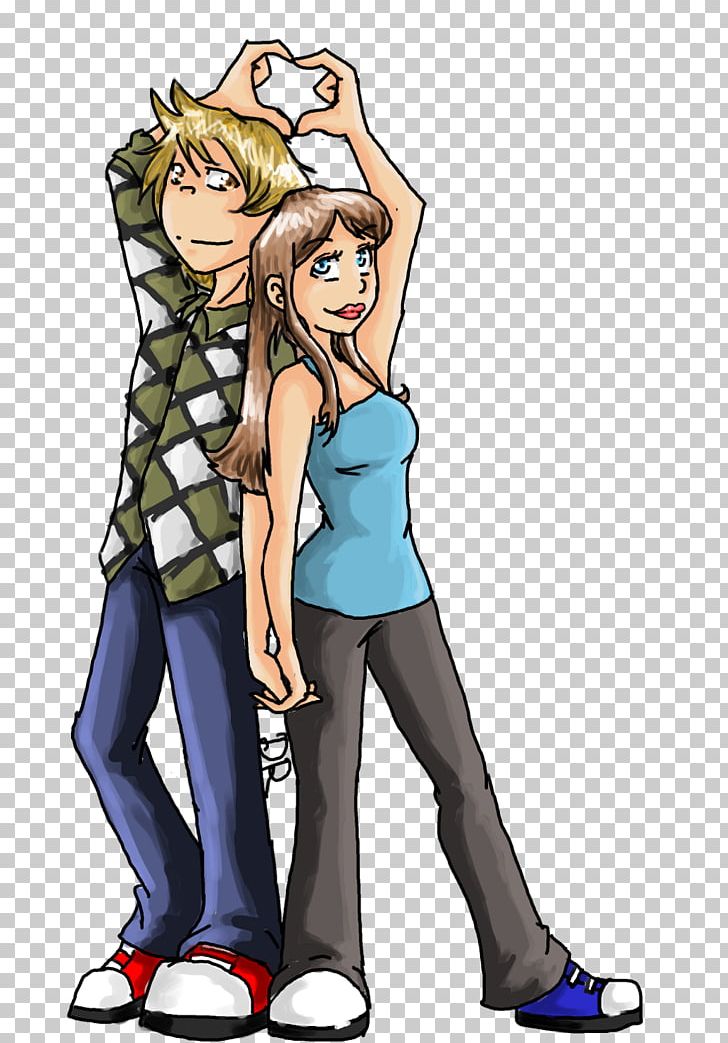


It’s also not as glaringly homogeneous where all of the characters in The Jetsons were previously white, now-teenaged Elroy Jetson has an Asian-American love interest, Lake, and some of Jane’s unnamed colleagues appear black. Rosie the sentient robot maid, once a de facto slave, has become the synthetic carbon body that holds the consciousness of George Jetson’s 124-year-old mother. Once a housewife, Jane Jetson is now a brilliant NASA scientist who commutes into space for work.
#Cartoon human apocalypse series
The rebooted series updates several glaring outdated elements from the original series. A new Jetsons comic, out this week from DC Comics, finally broaches the question of why the Jetsons and their community live their lives in the upper atmosphere, and the answers it offers aren’t pretty. Wells’ The Time Machine or the Fritz Lang classic Metropolis knows, there are often ugly truths lurking beneath the cloud cover of a futuristic paradise. Thus far, the series has been more or less taken at face value as the happy-go-lucky “misadventures” of a wholesome nuclear family living a life of innovative luxury a few centuries into the future. The world where George, Jane, Judy, and Elroy Jetson lived, with robot housekeepers and ozone-scraping luxury smart homes that can dress and groom you by themselves, was a vertical manifest destiny, one where audiences could hang their starry-eyed hopes about the future.īut as history and literature have taught us, one person’s utopia is another’s dystopia, and The Jetsons is no exception. Since its debut in 1962, the Hanna-Barbera cartoon has become synonymous with the gleaming utopia promised by technology. When people make jokes demanding to know why, in the year 2017, they still haven’t gotten their flying cars and jetpacks, they’re probably referencing The Jetsons.


 0 kommentar(er)
0 kommentar(er)
